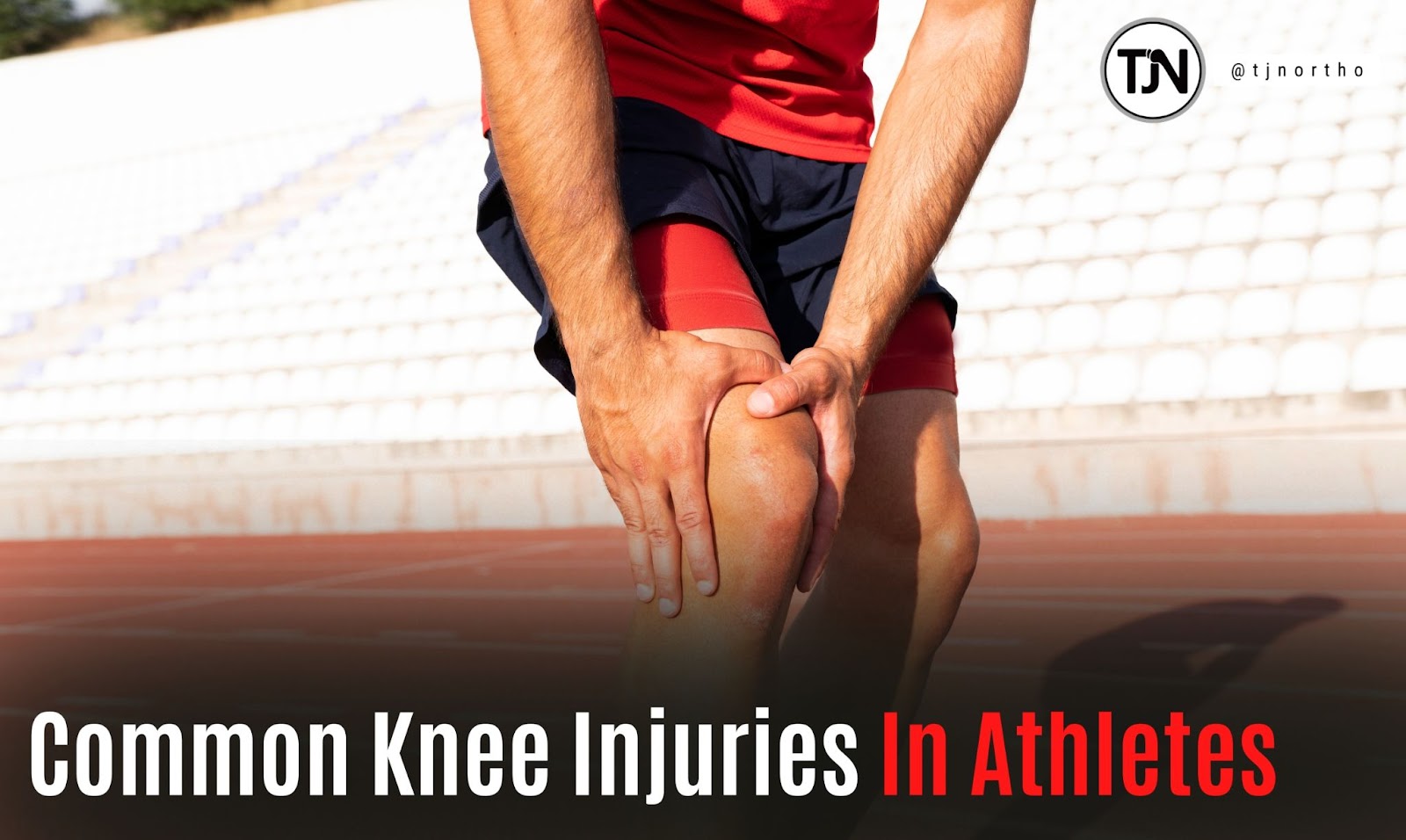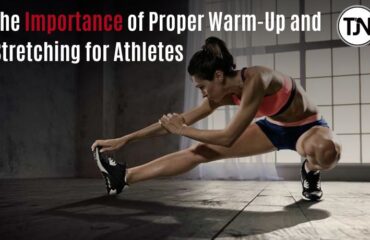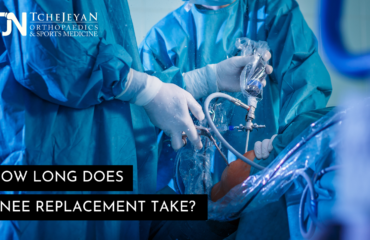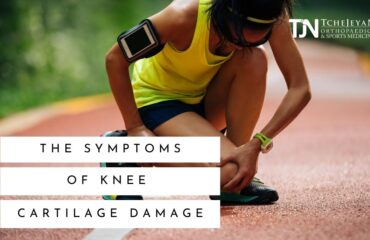As an orthopedic surgeon specializing in knee injuries, Dr. Tchejeyan at TJN Orthopaedics and Sports Medicine in Thousand Oaks, California, has witnessed firsthand how knee injuries can impact athletes. Knees are complex joints that undergo tremendous stress during almost every athletic endeavor, making them particularly susceptible to injuries. Here are some of the most common knee injuries TJN Ortho sees in athletes, their causes, and the available treatments.
Anterior Cruciate Ligament (ACL) Tear
ACL tears are prevalent in sports that involve sudden stops, changes in direction, or jumping – movements common in many sports, including football, basketball, volleyball, tennis, and soccer. These injuries often occur due to a sudden twist or pivot while the foot is firmly planted on the ground. When you get an ACL tear, it is common to experience a popping sensation in the knee, followed by immediate swelling and instability.
ACL tears usually require surgical intervention and a comprehensive rehabilitation program to restore knee stability and function.
Meniscus Tear
The meniscus is a C-shaped piece of cartilage located between the thigh bone (femur) and shin bone (tibia). Meniscus tears commonly result from twisting or rotating the knee while bearing weight. Athletes with a meniscus tear may experience pain, swelling, stiffness, and a catching or locking sensation.
Treatment options for meniscus tears depend on the severity, location, and type of tear. They range from conservative management, including rest, ice, physical therapy, and anti-inflammatory pain medication, to arthroscopic surgery to repair the damaged meniscus or to remove and replace it with a prosthetic.
Patellofemoral Pain Syndrome
Patellofemoral Pain Syndrome, also known as runner’s knee, is characterized by pain and discomfort around the front of the knee. It is commonly caused by overuse, poor alignment of the patella (kneecap), muscle imbalances, or trauma. Athletes with this condition often experience pain while running, jumping, or going up and down stairs.
Treatment for patellofemoral syndrome focuses on reducing pain and restoring proper biomechanics. It may involve physical therapy, strengthening exercises, orthotics, bracing, and modifying the patient’s activities to reduce stress on the knee.
Patellar Tendonitis
Patellar tendonitis, or jumper’s knee, is an overuse injury that affects the tendon connecting the patella to the shinbone. It occurs due to repetitive jumping and landing motions, leading to inflammation and degeneration of the tendon. Athletes with patellar tendonitis may experience pain below the kneecap, particularly during activities involving jumping or bending the knee.
Treatment for patellar tendonitis involves rest, ice, physical therapy, stretching exercises, anti-inflammatory medications, and using orthotics or bracing. Severe cases may require more invasive treatments, such as a corticosteroid or platelet plasma injection, oscillating needle procedure, or, in some cases, surgery.
Medial Collateral Ligament (MCL) Sprain
MCL sprains commonly occur in sports that involve personal contact or sudden changes in direction. The MCL, located on the inner side of the knee, stabilizes the joint and can be injured by a direct blow or when the knee is forced sideways. Athletes with an MCL sprain may experience pain, swelling, and instability on the inner side of the knee.
Treatment for MCL sprains involves a combination of rest, ice, compression, elevation (RICE), use of pain medications, bracing, and physical therapy. Severe cases and tears may require surgical intervention.
TJN Ortho For Athletic Injuries
Knee injuries are one of the most common types of injuries that athletes experience, and they can be a severe setback for anyone who enjoys sports. All athletes should engage in proper warm-up and conditioning exercises and use appropriate protective equipment to prevent knee injuries from occurring. However, the good news is that if you suffer one of these sports knee injuries, they can often be treated successfully. With early recognition and appropriate treatment, most individuals can regain full function and mobility and return to sports after an appropriate recovery period.
To ensure you don’t get permanently sidelined, consult a qualified orthopedic specialist when you have suffered a knee injury. To obtain a complete and accurate diagnosis of your injury and get the treatment you need, contact TJN Ortho today.




